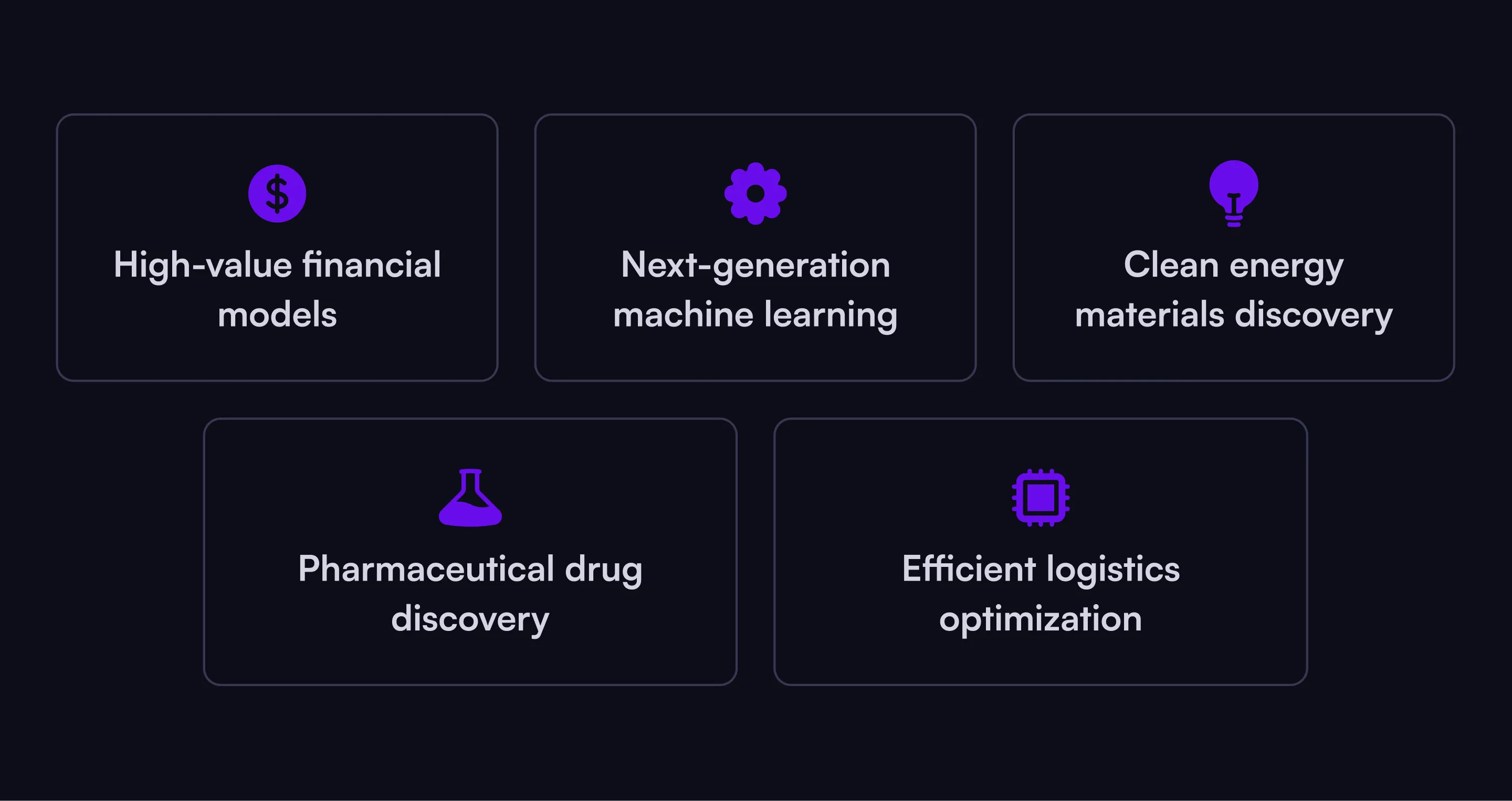Real-world use cases

Unlocking new performance capability in quantum chemistry
Fire Opal powers 5X wider circuits and sets new benchmarks in QPE performance.
90%
reduction in gate overheads for quantum chemistry simulations and 5X wider circuit.
We achieved a significant leap forward in accurately calculating the physical properties of materials, demonstrating a five-fold increase in achievable circuit width over previous Quantum Phase Estimation studies.

Tackling a costly bottleneck in automotive design
Mazda, a global leader in automotive innovation, partnered with Q-CTRL to explore how quantum computing can transform the way vehicle frames are designed.
5X
reduction in required training data to deliver frame designs with improved performance, leveraging quantum machine learning models.
Working with Q-CTRL gave us a chance to explore a new and fast moving area of technology in a way that was grounded in our real design challenges. The team brought a strong mix of technical expertise and practical focus, helping us understand how quantum machine learning might fit into our workflow. It was a productive and insightful collaboration.

Accelerating the schedule for quantum-enhanced rail
Accelerate the usefulness of quantum computing for rail scheduling through custom solution development and performance optimization utilizing Fire Opal.
6X
increase in solvable problem size and accelerated timeline to practical quantum advantage by up to 3 years, now estimated for 2028.
We were pleasantly surprised to see the optimal routing of 26 trains over 18 minutes of real scheduling data for the full station topology being realised on a real quantum device, which otherwise wouldn’t have been possible without using Q-CTRL’s optimisation solver.

Nord Quantique is accelerating the path to useful quantum error correction with Boulder Opal
Nord Quantique used Boulder Opal to design a hardware-efficient QEC protocol for a superconducting system where quantum information is encoded in GKP states.
14%
increase in logical qubit lifetime
Given the complexity of the physics at play, being able to perform closed-loop optimization of a few physically motivated parameters of the quantum error correction protocol with Boulder Opal is very valuable to us.














